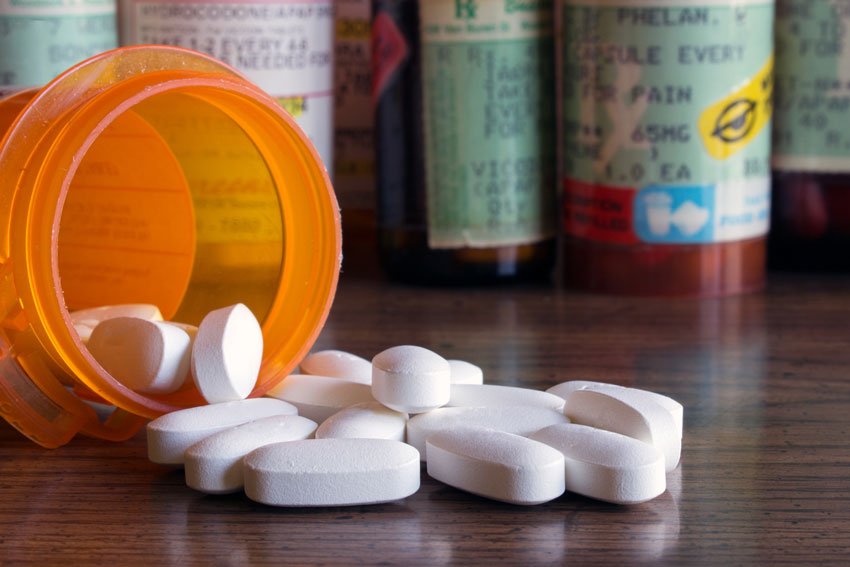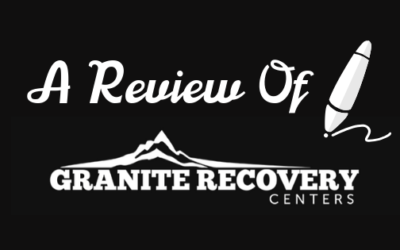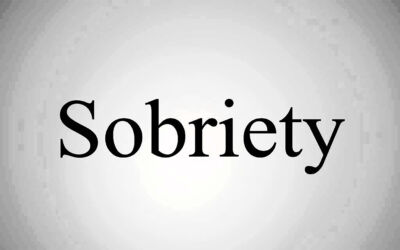The current drug overdose epidemic that is happening in the United States is not showing signs of slowing down. Statisticsprovided by the National Institute on Drug Abuse (NIDA) show that 70,200 Americans died due to drug overdose. Of those deaths, nearly two-thirds were due to heroin and opioid medications. The ongoing drug overdose crisis has made opiate and opioid drugs a main topic of conversation for lawmakers as well as public health officials, addiction specialists and ordinary citizens.
Oftentimes news outlets will mention opiates and opioids as one in the same. While these drugs have similar effects on users, there are distinct differences between the two that you need to know. The following article will highlight and similarities and differences between opiates and opioids. Despite the chemical differences, both opiates and opioids are highly addictive and have the potential to be life threatening when misused.
If you, a loved one or a friend are addicted to opiates and/or opioids, you need to seek immediate professional help. Call the compassionate professional at Drug Rehab Program Journal toll-free right now to get the tools and support you need to break the vicious cycle of addiction to these highly dangerous drugs.
A Working Definition of Opiates and Opioids
To understand these highly addictive substances, you must first understand the basic differences between an opiate and an opioid. While both substances are similar in its effects on the body and mind, they are different regarding their composition.
Opiates
Opiates are potent depressants that act on an individual’s central nervous system. These drugs derive from the seed pods of the poppy plant. Opium—the main drug derived from the plant—has been used for thousands of years as a pain reliever. Other potent drugs that derive from this plant include heroin, morphine and codeine. In addition of its pain-relieving qualities, opiates are used (and misused) due to their highly euphoric effects it has on the body and brain
Opiates work on specific areas of the brain. These include the limbic system which is the area of the brain which regulates emotions. Opiates also have huge effect on the brain stem. This part of the brain is instrumental in regulating the body’s automatic functions such as breathing and heart rate. Additionally, opiates affect the spinal cord, which is the part of the body responsible for transmitting sensations throughout the body.
Opioids
Like opiates, opioid drugs act on a person’s central nervous system. While opiates derive naturally from the poppy plant, opioid drugs are synthetic and created by chemists in the controlled setting of a laboratory. Opioids are used as medications are used to help people deal with moderate to severe pain as the result of injuries, diseases such as cancer, or after major surgeries. As with opiates, prescription opioids tightly bind with the brain’s opioid receptors. These receptors help control pain, pleasure and help control essential body functions such as heart rate and respiration.
Common examples of opioid medications include Vicodin, Fentanyl, Percocet, OxyContin and Demerol. These medications can be very effective when utilized in the short-term and as part of a comprehensive pain management program that is closely monitored by experienced medical personnel. However, these medications have a high addiction potential. As a result, they must be administered and closely monitored by medical personnel. Much like opiates, those who become addicted to opioids do so to experience the euphoria these substances produce.
Symptoms Produced by Opiates and Opioids
Despite their differing composition, both opiates and opioids produce similar symptoms. These symptoms can be grouped by its physical, psychological and behavioral effects. For physical symptoms, the most common people feel are hypersensitivity (or an overreaction) to one’s environment, the constricting of blood vessels, increased heart rate, high blood pressure, decreased appetite, and an increase in agitation and irritation.
Both opiates and opioids produce psychological symptoms that drastically impact a person’s overall functioning. These can includeincreased general anxiety, an increase in anxiety attacks, euphoria and an increased risk of developing psychosis. Additionally, those who are dependent on opiates and/or opioids will experience an increased risk of depression—especially when opiates and opioids are absent from the body.
Additionally, opiate and opioids produce profound behavioral effects in users. Common symptoms include and increase in isolation and withdrawing from family, friends and others. Users will also show a loss in interest in the activities and hobbies they once enjoyed. Since opiates and opioids can be expensive, many users will ask for money from friends and family, or will resort to stealing in order to continue using these drugs.
When confronted with their abuse, users will rationalize their opiate and opioid dependence and abuse. They will also deflect blame towards others as the reason for the dependence and abuse of opiates and/or opioids. This manipulation of the truth will cause friction between family members or friends. As a result, friendships and relationships become strained to the point of total dysfunction.
Getting Help for Opiate and Opioid Abuse
The first step in getting help for opiate and opioid dependence is fully admitting there is a problem. This step is the most difficult since addicts operate under a heavy sense of denial. When the subject of their opiate and opioid use is brought up, users will simply say there is no problem. As already stated, opiate and opioid users will rationalize use or will blame others. The addict is the last person that will see the devastating consequence of their use.
Once the addict finally sees their addiction and is ready to get help, they must seek help from a reputable treatment facility. Opiates and opioids are extremely powerful drugs and require professional intervention from experienced addiction treatment staff. If you or a loved one are addicted to these dangerous substances, you may be tempted to try and quit on your own or try methods of self-detoxification. While appealing, these methods are highly discouraged and can potentially be life-threatening.
The withdrawal symptoms associated with opiates and opioids can be extremely uncomfortable and painful. If you or a loved one also suffers from and underlying medical condition, these withdrawal symptoms can be very dangerous to your health without proper medical supervision. This is also true if you are also abusing other substances. To fully recover and have the best possible outcome, it is important that you undergo proper drug treatment.
Effective Drug Treatment for Opiate and Opioid Abuse
When you are looking for treatment for opiate and opioid abuse, the program you are looking at must be comprehensive. Drug treatment is not a “one size fits all” proposition. You, your loved one or friend has unique needs and goals. As a result, the treatment center you choose must feature programs and services that will address those needs.
The first and most important feature of opiate and opioid treatment is medical detoxification. Experienced medical personnel will administer medications and other interventions so you or your loved one will be better able to tolerate the withdrawal process. During the “weaning off” process, treatment staff will preform a comprehensive evaluation to diagnose any underlying mental or physical conditions that may complicate your recovery. When these issues are uncovered, staff will be able to put the appropriate options in place. Once you are physically and psychologically stable, you can transition to intensive treatment.
In treatment, staff will utilize a wide range of services that will help address the root causes of addiction. These include individual and group therapy, 12-step support or other sober support groups, and a wide variety of traditional and holistic treatment options. Staff will work with you to create an individual treatment plan that is highly individualized and can be modified as your needs change. Once you successfully complete treatment, you are highly encouraged to participate in intensive outpatient treatment including sober living. Outpatient treatment will allow you to work on the life and coping skills needed to successfully maintain your recovery while attending to your work and family obligations.
Finding Opiate and Opioid Addiction Treatment is Easier Than You Think
Finding quality drug treatment can be difficult. You or a loved one may be ready to make the commitment to drug treatment, but you may not know what options are best. Furthermore, you may not know who you can work with to find those options. Fortunately, you can find the programs and support you need to break the cycle of addiction at Drug Journal Rehab Program.
With one phone call, our experienced team can find the resources and support you need to make the best informed treatment decisions. From the first phone call through to placement in a treatment program, the compassionate staff at Drug Rehab Program Journal will be in your corner every step of the way. Finding lasting recovery is closer than you think; call Drug Journal Rehab Program toll-free today at 1-800-205-1201.
Today is the first step towards a healthier and happier future. Call now.




